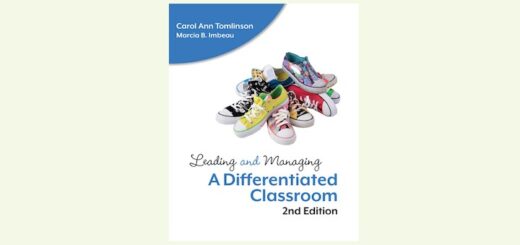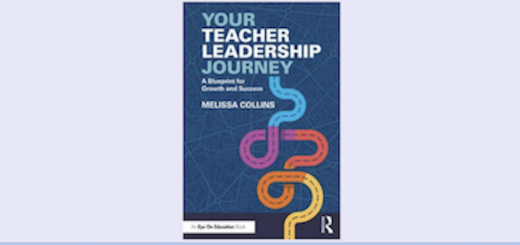Creating a Classroom Culture of Feedback
Creating a Culture of Feedback
By William Ferriter and Paul Cancellieri
(Solution Tree, 2016 – Learn more)

The further I get into my career, the more I realize how fundamentally critical formative assessment is to the process of learning – assessment for learning as opposed to assessment of learning (Stiggins and others).

I try to individualize my feedback as much as I can. But, like many teachers, I have the continual sense I can and should do better. My hope in reading Creating a Culture of Feedback was that it would enable me to kick my feedback skills into a higher gear. I was not disappointed.
Rethinking current practice
As a progressive educator, I locked in to Bill Ferriter’s assertion that “Each book [in the Solutions for Creating the Learning Spaces Students Deserve series] encourages readers to question their core beliefs about what meaningful teaching and learning look like in action.” (Foreword, p. xii)
The authors quote Seymour Papert: “The one really competitive skill is the skill of being able to learn” (Introduction, p.2) and discuss the fundamental importance of students being “active learners, convinced that asking the right questions about their own strengths and weaknesses is more important than finding the right answer.” (Introduction, p.3)
In the subsequent three chapters, Ferriter and Cancellieri lead teachers to collaborate with students as they help them imagine “Where am I going?”, “How am I doing?”, and “What are my next steps?” These questions provide a useful lens to ground student work in purpose, examine it carefully in light of that purpose, and figure out where to go next to deepen and/or expand student learning.
Applying the book’s suggestions to my practice
Reading this book enabled me to reflect on my strengths in supporting student learning, and identify both opportunities for growth and specific ideas to enable that growth. For example, their suggestion of creating overview sheets before beginning a new unit (including both standards that kids need to know and standards it would be nice to know) would help me focus the kids more precisely.
Maybe I would create the first one on my own, guided by the authors’ distinction between standards that have endurance, standards with leverage, and readiness standards (p.13), and then conference with individual students once the first unit is complete to co-create differentiated overview sheets for the second and all subsequent units.
I could introduce the term “feed-forward” (originated by executive coach Marshall Goldsmith) (p.25) to help students focus always on how best to improve. And I could use the authors’ suggestions on reflection sheets (p.44) to deepen the regular reflection I already ask students to do. The book comes with a link to free reproducibles to help in the process.
The advice that Ferriter and Cancellieri offer throughout the book is well suited both to more experienced teachers like me and to others newer to the profession. And though, like they do, I teach middle school, it’s clear this advice can be applied to multiple levels.
The how, the why, and the what of meaningful feedback
As if they were in an imaginary conversation with their readers, the authors explain the how, the why, and the what. Each individual teacher can scan the book for the parts most pertinent to them – indeed, we are explicitly invited to do so! (p.9) – and apply those parts to their work as they best see fit.
At 59 pages, this book can be termed a quick read. Yet it’s packed with knowledge and helpful advice that can only benefit all of us and thus (and more importantly) our students. I believe every school’s professional library should have a copy; at the same time, it’s the kind of book I would buy for myself even if my school did own it.
The last two sentences of the conclusion sum it up well: “Every time your students have opportunities to think about where they are going, how they are doing, and what steps to take next, they further realize they can accomplish powerful things on their own. In a world where mastering content and developing expertise aren’t nearly as important as they once were, no single message could be more important to send.”
Bill Ivey is Middle School Dean at Stoneleigh-Burnham School, a feminist girls school in Western Massachusetts. He is active on Twitter as @bivey and also blogs for his school.






























